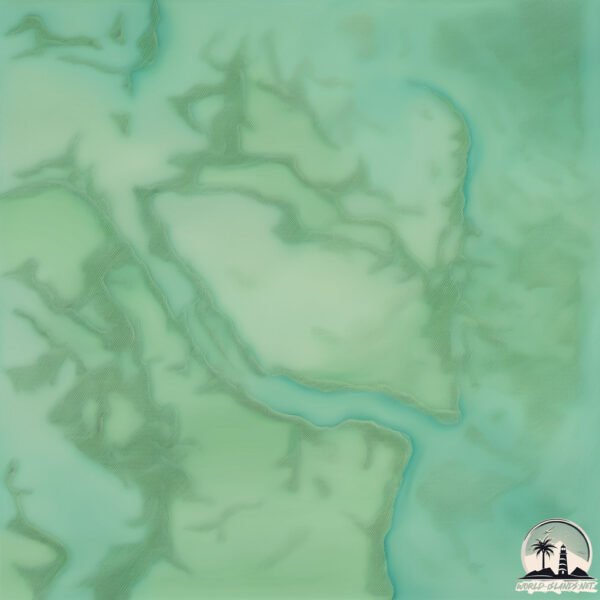Welcome to Ilha do Veiga , a Temperate island in the South Atlantic Ocean, part of the majestic Atlantic Ocean. This guide offers a comprehensive overview of what makes Ilha do Veiga unique – from its geography and climate to its population, infrastructure, and beyond. Dive into the details:
Geography and size of Ilha do Veiga
Size: 2.036 km²Coastline: 6.8 kmOcean: Atlantic OceanSea: South Atlantic OceanContinent: South America
Ilha do Veiga is a Small Island spanning 2 km² with a coastline of 6.8 km.
Archipel: –
Tectonic Plate: South America – A major plate covering the South American continent and part of the Atlantic Ocean, known for the Andes mountain range and significant seismic and volcanic activity.
The geographic heart of the island is pinpointed at these coordinates:
Climate and weather of Ilha do Veiga
Climate Zone: TemperateClimate Details: Humid Subtropical ClimateTemperature: Hot Summer
Climate Characteristics: With continuous rainfall and hot summers, this climate is common in some coastal regions, supporting diverse vegetation.
Topography and nature of Ilha do Veiga
Timezone: UTC-03:00Timezone places: America/Sao_PauloMax. Elevation: 5 m Mean Elevation: 4 mVegetation: Deciduous Broadleaf ForestTree Coverage: 81%
The mean elevation is 4 m. The highest elevation on the island reaches approximately 5 meters above sea level. The island is characterized by Plains: Flat, low-lying lands characterized by a maximum elevation of up to 200 meters. On islands, plains are typically coastal lowlands or central flat areas.
Dominating Vegetation: Deciduous Broadleaf Forest
Vegetation: 4 vegetation zones – Diverse Island
Infrastructure and Travelling to Ilha do Veiga
Does the island have a public airport? no .
Does the island have a major port? no .
The mean population of Ilha do Veiga is 2 per km². Ilha do Veiga is Gently Populated. The island belongs to Brazil .
Continuing your journey, Ilha do Mel is the next notable island, situated merely km away.
Volta na Ilha do Veiga
Vídeo de divulgação....
Volta na Ilha do Veiga
Vídeo de divulgação....
Vídeo de divulgação....
Pedal ilha do Veiga 22/12/18
Ilhabela em Poucas Horas: Praia, Por do Sol e Jantar no Centro Histórico!
"Poucas horas foram suficientes para nos apaixonarmos por Ilhabela! ...
"Poucas horas foram suficientes para nos apaixonarmos por Ilhabela! Neste vídeo, compartilhamos nossa rápida, mas ...
Brazil is classified as Emerging region: BRIC: Brazil, Russia, India, and China – Economies noted for their rapid growth and increasing influence on global affairs. The level of income is Upper middle income.
News – Latest Updates and Headlines from Ilha do Veiga
Stay informed with the most recent news and important headlines from Ilha do Veiga. Here’s a roundup of the latest developments.
Loading...
Please note: The data used here has been primarily extracted from satellite readings. Deviations from exact values may occur, particularly regarding the height of elevations and population density. Land area and coastline measurements refer to average values at mean high tide.

